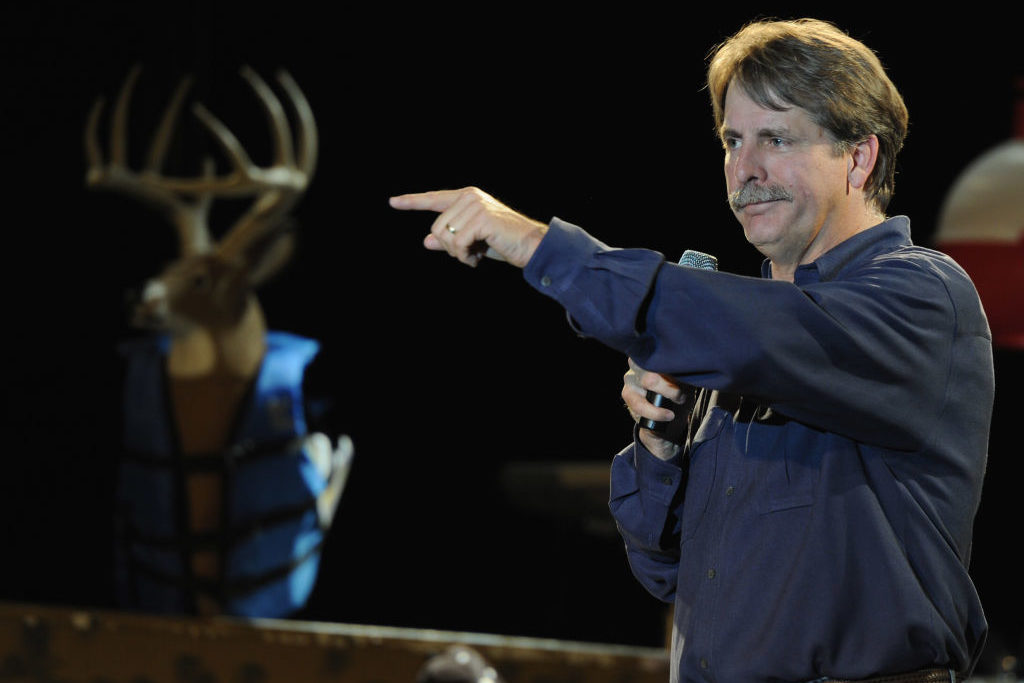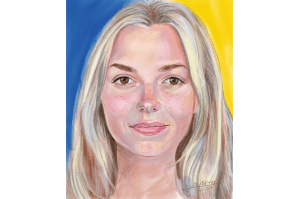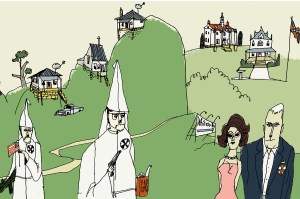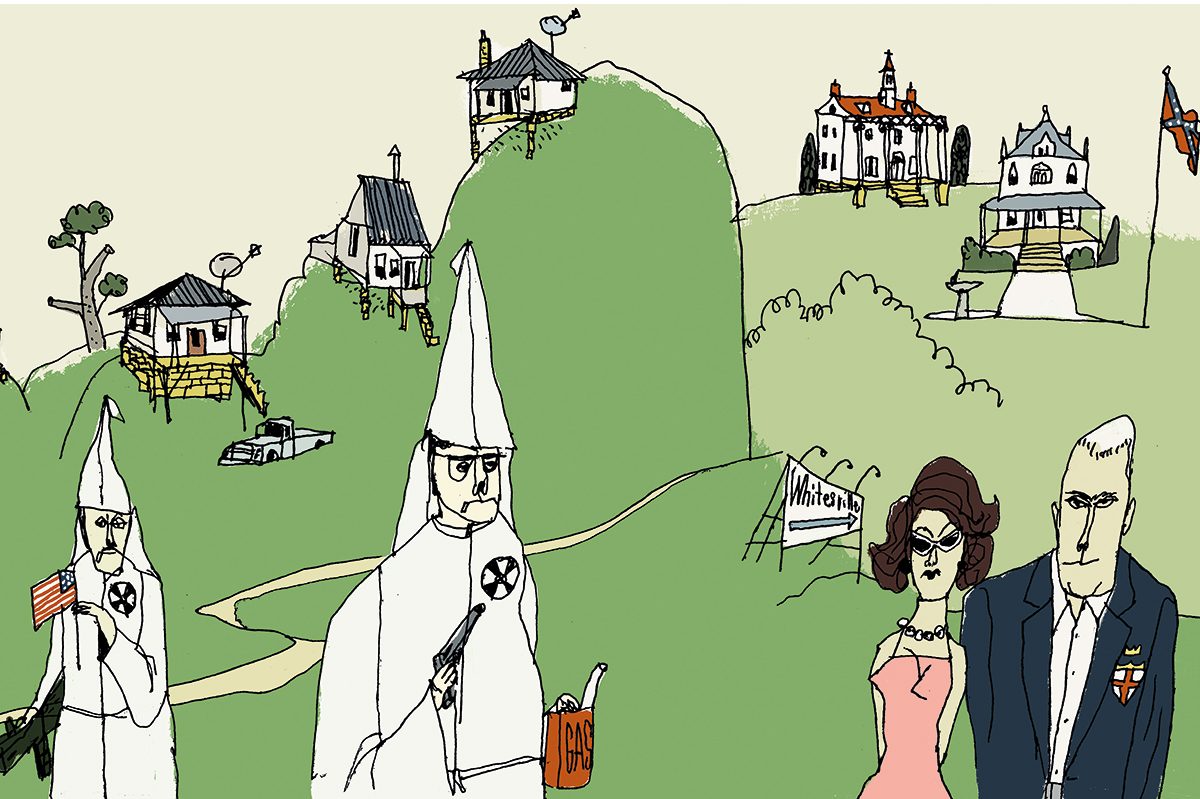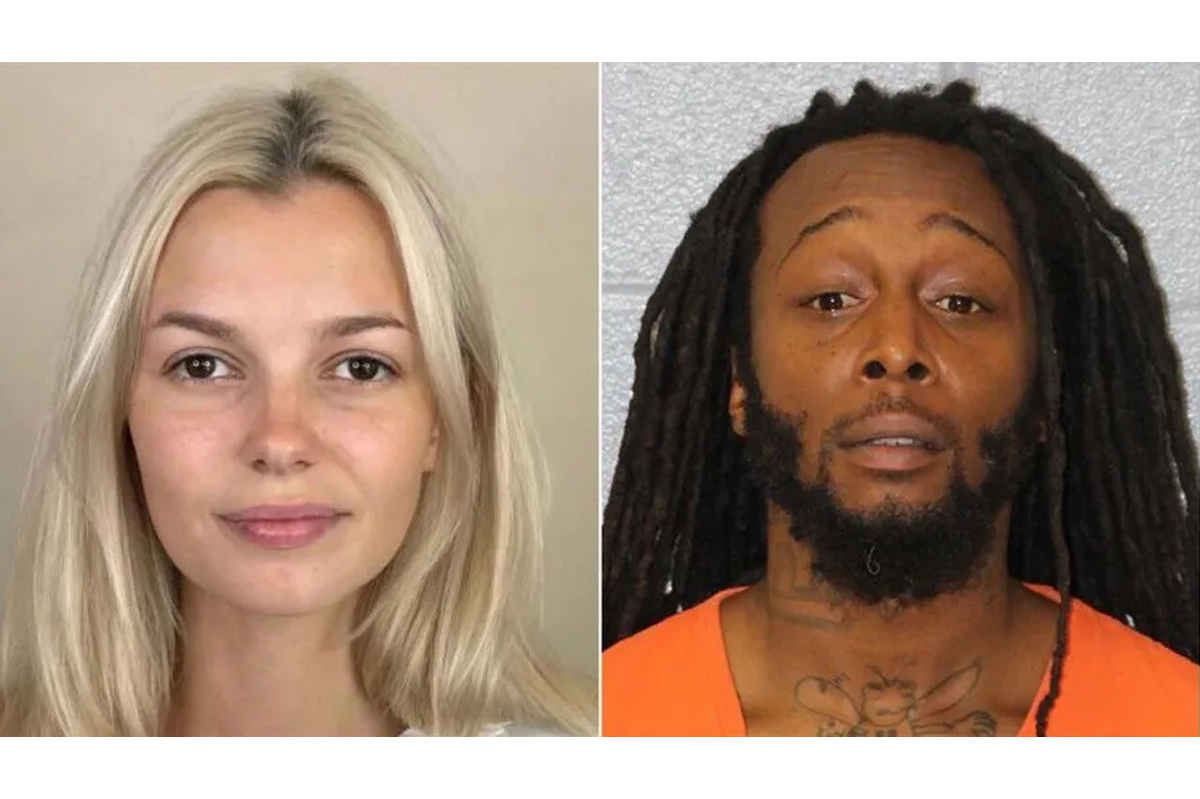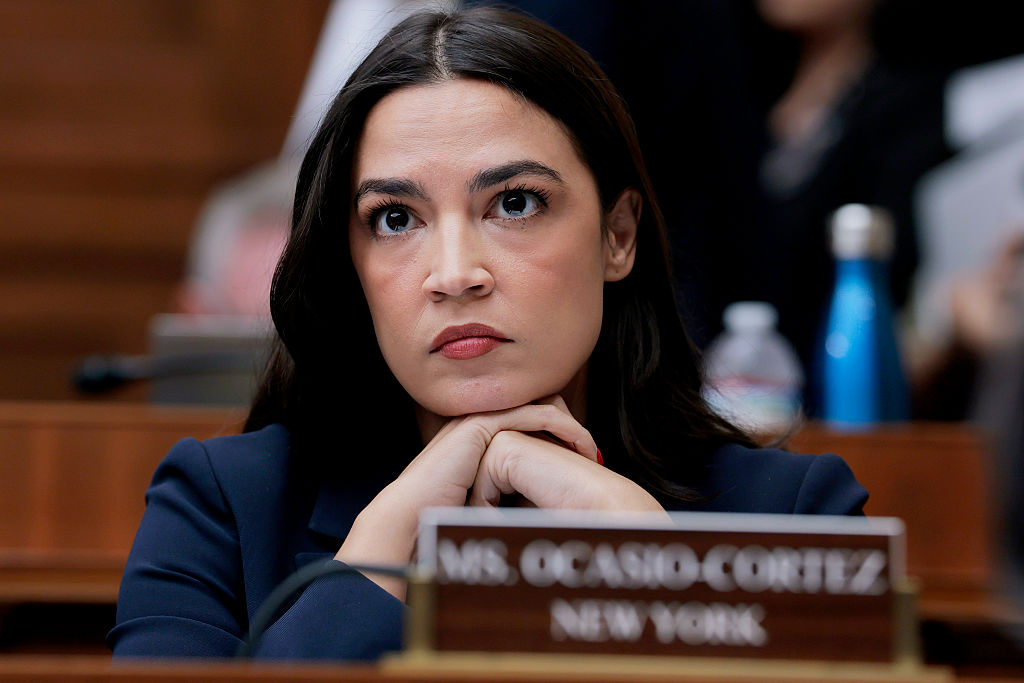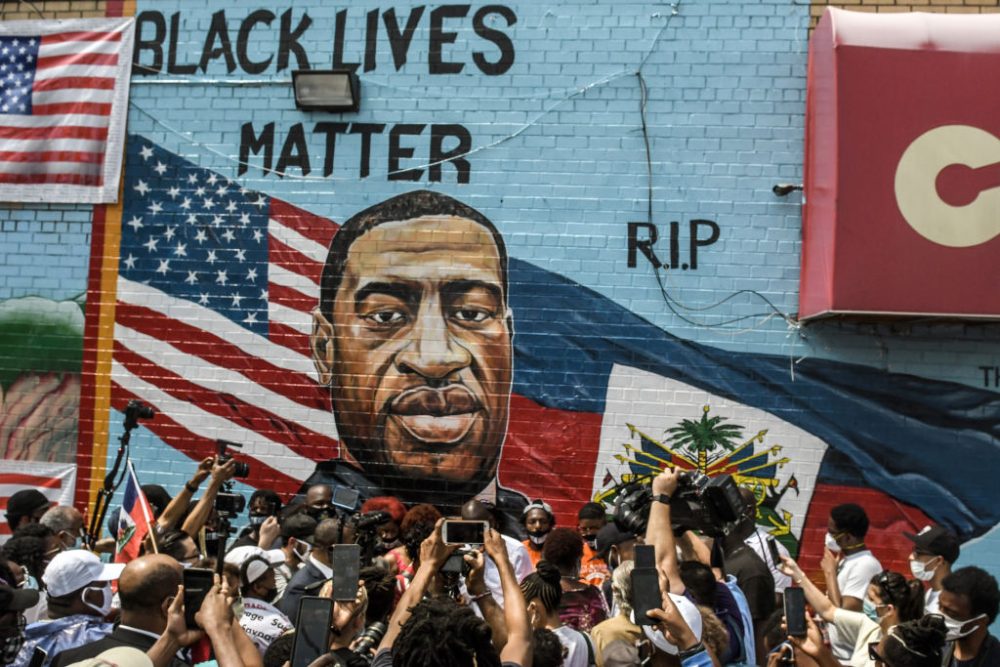A few years ago we were shocked after a family member gave birth. The pregnancy itself wasn’t a surprise, she was about to be a single mom, we were excited and supportive. But the beautiful, brand new creature she brought forth into the world didn’t look exactly as we expected.
‘Chad, she’s white,’ the mom told me when I called to congratulate her, as confused and startled as I was. She’d been laid up in the maternity ward doing a bit of math to figure out who the dad was. We were both slightly disappointed. For months we looked forward to the jolt on her own mother’s face when a caramel little baby plopped into the room. It wasn’t like the grandmother would love the child any less had she been mixed race — that didn’t even cross our minds — but it’d make an entertaining story good to recant for years to come around family gatherings, ‘that look on mom’s face!’
I’m told by the media and northern liberals that where I’m from is a backwards land of racist bigots. Yet every time I go home to Tennessee I’m reminded of the opposite. I’ve been to every corner of this country and still find that area of the South to be the least racist place in America. I didn’t even know racism was a thing until I moved to New York and my socioeconomic betters told me so.
Growing up we had one legitimately racist great aunt. She was a Democratic relic of the Jim Crow era and casually said such remarkably offensive things about blacks it was impossible to take her seriously. In fact, it was hilarious, not her words but this character she embodied. When a cousin who’d spent far too much time on the West Coast refused to be in the same room with her one year, the consensus was that he’s the bigger asshole than she. Who cares, we said, she’s 89 and crazy, it’s not like you’re breaking bread with the second coming of Heimlich Himmler. Where I’m from you don’t disown family members who have odious views, instead you bring your gay Mexican boyfriend to Christmas dinner and make her sit next to him. Then everyone laughs about it when she leaves. Isn’t that how it should be?
That great aunt had a lot of difficult Christmases. As my sister, my cousins and I got older, at least one of us was always bringing around a romantic partner who was of a different race. It’s not that my family was peacocking its bold embrace of Tolerance and Diversity, those are oppressive terms used by silly Yankees, rather the culture of the Greater Appalachian region is more clan-based (no, not that klan) where alliances form through family and marriage, not race or education.
In his 2011 book American Nations, author Colin Woodard argues our country isn’t so much a federation of 50 states, or a house divided by red versus blue, but a union of 11 distinct regional nations that retain much of the same culture of the European populations who first settled there.
Appalachia was settled by a violent, boozy, and hedonistic warrior class that spent 1,000 years battling the English on the northern borderlands with Scotland, a loose society centered around large, often feuding, families united only by a desire to maximize personal freedom.
It’s also known as cracker culture. You’re not going to find many people who grew up in cracker culture doing that AOC/Kamala Harris/Kirsten Gillibrand/Hillary Clinton/Cory Booker thing of blacking up their accent on cue. There’s more camaraderie and less distrust between the races.
As the media becomes increasingly obsessed with race, they fail to understand that it is the complexity of regional cultures that divide this nation, not individual appearance. Notice how every fake hate crime seems to occur in places we’re told are the most liberal and accepting, such as the high schooler from the DC suburbs last week who pulled a Smollett when she invented a story about white boys pinning her down and cutting her hair.
There’s a good reason why I feel way more comfortable drinking malt liquor at an all black strip club in East New York than in any room full of white Yankees, liberal or conservative. As Thomas Sowell writes in Black Rednecks and White Liberals, urban black culture is actually — brace yourself — cracker culture, imported to northern cities by emancipated slaves, who adopted it from the Southern and Appalachian white underclass.
That’s right, you can thank the Hatfields and McCoys via William Wallace for hip hop and Al Sharpton. As Sowell describes it:
‘The cultural values and social patterns prevalent among Southern whites included an aversion to work, proneness to violence, neglect of education, sexual promiscuity, improvidence, drunkenness, lack of entrepreneurship, reckless searches for excitement, lively music and dance, and a style of religious oratory marked by strident rhetoric, unbridled emotions, and flamboyant imagery. This oratorical style […] has continued on into our own times among black politicians, preachers, and activists. Touchy pride, vanity, and boastful self-dramatization were also part of this redneck culture.’
Whenever a video goes viral of some redneck spouting off racial slurs, liberals reach for their checkbooks. Of course, black people are caught as often, if not more so, doing the same and conservatives pounce about hypocrisy. In reality, Big Red and Big Blue don’t understand the tit-for-tat tribal nature of cracker culture, where no insult is off-limits and racial taunts fired off in the heat of the moment aren’t seen by either side as signs of an impending genocide or a fuming desire to keep an entire population down. It’s not even racial slurs that make New England Puritans wince. It’s the rambunctiousness, the wilding behavior, that they fear, because they come from a polite, alien culture that demands order and uniformity.
This summer, with all the fanfare of an Apple Event, the New York Times unveiled an exciting new product called ‘The 1619 Project.’ According to the Times, the true founding of this wicked nation built on hatred, racism, and slavery was not 1776, but 1619, because in that year a ship arrived in the Chesapeake Bay region carrying about two dozen Africans. Only bigots fail to understand that history begins when black people show up to the party but, in truth, the arrival of that ship would have been an entirely unremarkable event and, if anything, proves the opposite of what the Times intended.
Those Africans weren’t slaves. According to Woodard, the Chesapeake Bay area was settled by monarchists who sought to recreate the manor societies they left behind in the English countryside. At best, those 20 Africans may have been a curiosity, but were legally considered no different from the 150,000 white indentured servants populating the area. Like the whites, once the conditions of the servitude were satisfied, they were freed and granted large parcels of land that enabled the sort of economic opportunities and rise in social status impossible in their native lands.
By the 18th century, Appalachia, the Chesapeake, and New England were only three of eight new, unique societies that had formed on this continent, with more to follow. Only one, the Deep South, settled by barbaric plantation owners from the Caribbean who were reviled even within the British Empire, had slaves. It only takes a bit of travel and a tiny peek into history for today’s trendy race chronicling to collapse. But all of this is far too complicated for journalists, who demand simple narratives for the nation they loathe.



